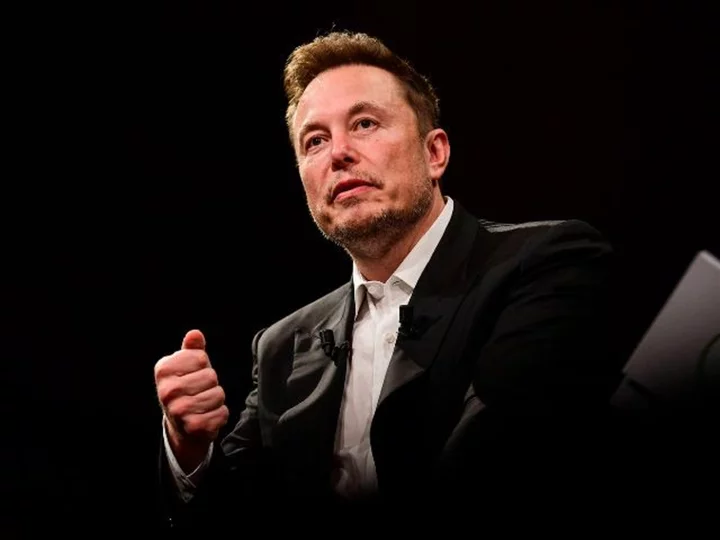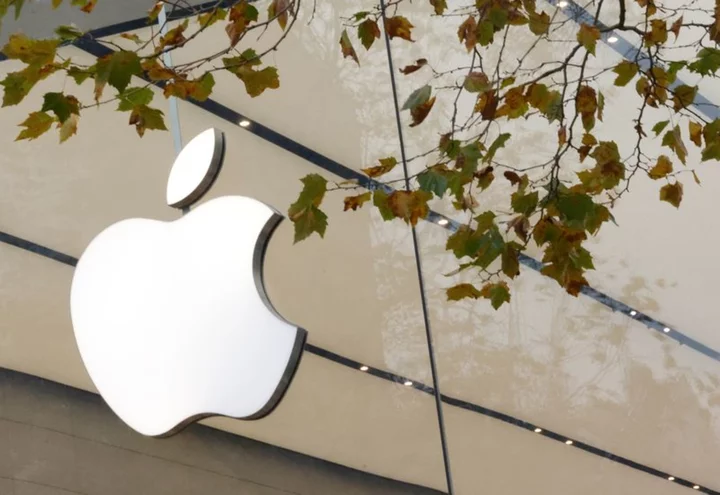
Activision CEO says gamers would 'revolt' if 'Call of Duty' were made exclusive
By Greg Bensinger and Diane Bartz SAN FRANCISCO (Reuters) -The chief executive of "Call of Duty" maker Activision Blizzard, Bobby
2023-06-29 01:54

Twitter's rebrand is the next stage in Elon Musk's vision for the company. But does anyone want it?
Elon Musk's move over the weekend to rebrand Twitter and replace its iconic bird logo with an X is just the latest step in his effort to make over the billionaire's longtime favorite platform in his image.
2023-07-25 20:16

Climate Expert Claudia Sheinbaum Aims to Lead Oil-Rich Mexico
As mayor of Mexico City, a job she held until June, Claudia Sheinbaum rarely let her attention to
2023-10-10 18:46

Best Pre-Prime Day Desktop Deals
Prime Day 2023 falls on July 11-12, which gives us a few weeks to prepare
2023-06-24 02:55

Got Thoughts on the Sad State of IoT Security? The FCC Wants to Know
In a rare move, an FCC commissioner is calling on the public to weigh in
2023-09-06 08:52

Fire Chiefs Gain Critical Access to Drone Tech and Streamlined Procurement with Cooperative Purchasing
KANSAS CITY, Mo.--(BUSINESS WIRE)--Aug 14, 2023--
2023-08-14 21:20

Sony raises annual forecast despite Hollywood strikes, PS5 woes
Japanese electronics titan Sony lifted its full-year net profit and sales forecasts on Thursday, citing strength in the company's gaming...
2023-11-09 16:51

Is Madison Beer dating FaZe Kaysan? Singer addresses rumors on Kai Cenat stream
During a recent live stream with Twitch star Kai Cenat, Madison Beer was confronted with rumors about her alleged relationship with FaZe Kaysan
2023-06-20 13:46

Teledyne FLIR Introduces Premium E8 Pro Edition for Point-and-Shoot Thermography Inspection
GOLETA, Calif.--(BUSINESS WIRE)--Jun 15, 2023--
2023-06-15 20:24

How to Play Call of Duty: Modern Warfare III Early on All Platforms
To play Call of Duty: Modern Warfare III early on all platforms, fans must use the New Zealand trick on console or get invited to a game on PC.
2023-11-10 02:15

Apple hikes price of Apple TV+, Apple News+
Apple Inc is raising the subscription prices of Apple TV+ and Apple News+, according to its website. The
2023-10-25 22:21

Fans hail 'dark' storyline as new Final Fantasy title released
The eagerly awaited new game in the best-selling Final Fantasy franchise came out on Thursday, with fans hailing its high-spec...
2023-06-22 12:52
You Might Like...

Canada PM Trudeau blasts Meta for blocking news during wildfires

Will Pokimane help IShowSpeed with Twitch ban removal? Kai Cenat asks streaming queen to 'pull some strings’

12,000 athletes and a lotus-shaped mega stadium. The Asian Games comes to China

Andrew Tate reveals why Black people don't use Siri while slamming White boys for using voice assistant

Carmakers fail privacy test, give owners little or no control on personal data they collect

Maximus Names John Martinez as New General Counsel

AI Mentions on the Rise in Tech Earnings Calls as Recession Talk Fades

US SEC developing rules on AI 'conflicts of interest'
